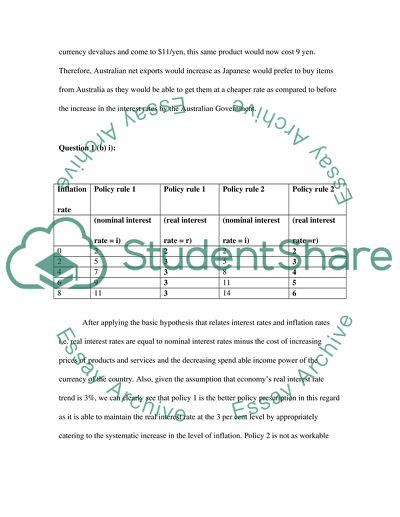Cite this document
(Macroeconomic Theory Assignment Example | Topics and Well Written Essays - 3750 words, n.d.)
Macroeconomic Theory Assignment Example | Topics and Well Written Essays - 3750 words. Retrieved from https://studentshare.org/macro-microeconomics/1724289-macro-economic-short-answer-questions
Macroeconomic Theory Assignment Example | Topics and Well Written Essays - 3750 words. Retrieved from https://studentshare.org/macro-microeconomics/1724289-macro-economic-short-answer-questions
(Macroeconomic Theory Assignment Example | Topics and Well Written Essays - 3750 Words)
Macroeconomic Theory Assignment Example | Topics and Well Written Essays - 3750 Words. https://studentshare.org/macro-microeconomics/1724289-macro-economic-short-answer-questions.
Macroeconomic Theory Assignment Example | Topics and Well Written Essays - 3750 Words. https://studentshare.org/macro-microeconomics/1724289-macro-economic-short-answer-questions.
“Macroeconomic Theory Assignment Example | Topics and Well Written Essays - 3750 Words”, n.d. https://studentshare.org/macro-microeconomics/1724289-macro-economic-short-answer-questions.


